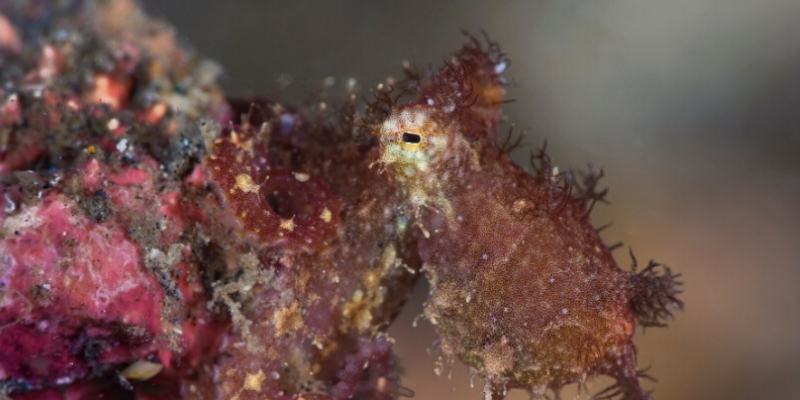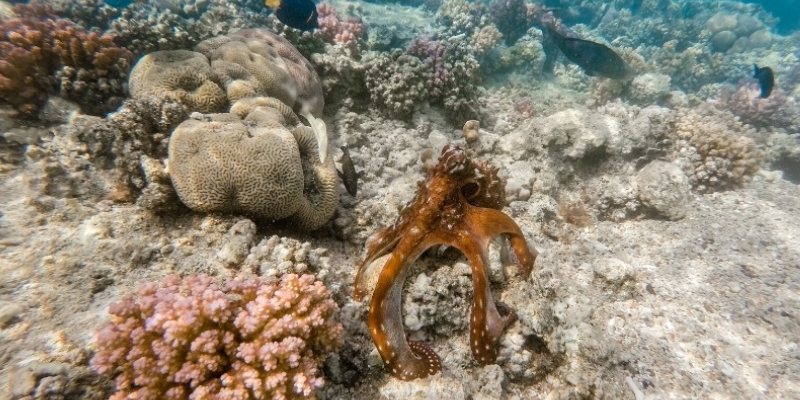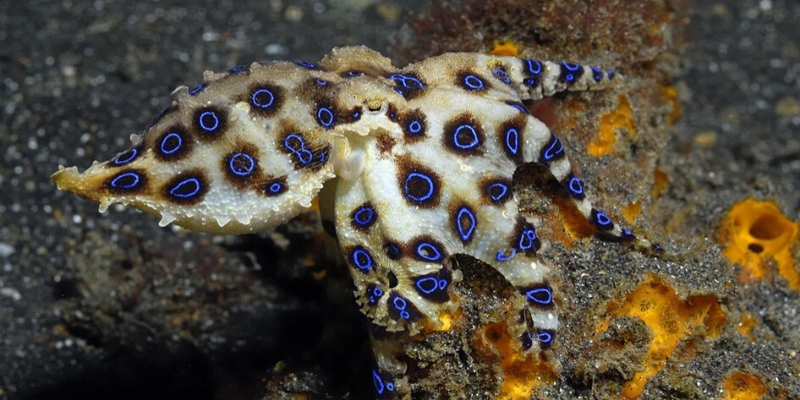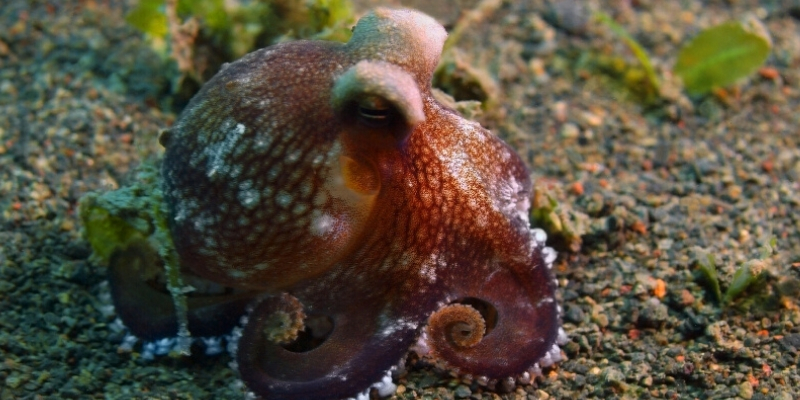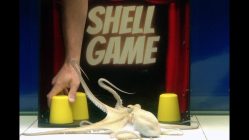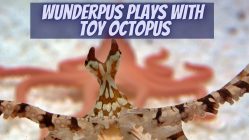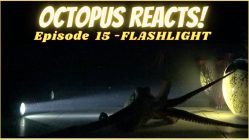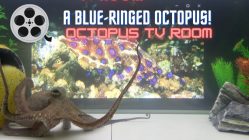Octopuses are what we call opportunistic hunters as they will adapt their feeding habbits according to the availability of its prey. We have already discussed the diet of the octopus ,but many people wonder about the way octopuses consume their food, especially when it comes to feeding on larger prey such as fish or prey equipped with with powerful defensive traits, such as crabs.
The Octopus Camouflage
Octopuses are notorious for their camouflage techniques, they can blend in with the environment so well that they will go unnoticed by many of their predators as well as many of their prays. Once effectively camouflaged, the octopus will remain still until a potential prey approaches. Then, using the element of surprise, the octopus will sneak attack on the potential kill and capture it with its powerful tentacles.
The Power of the Tentacles
Octopuses are also known for being extremely powerful. They can be seen lifting heavy objects such as large rocks with an ease that any human weightlifter would envy. All the force of the octopus is concentrated on their powerful tentacles. Entrapping the prey with the tentacles allows the octopus to immobilize it with its suckers. The webbing between the arms is used to envelope the entagled victim, which struggles to be released by its eight-armed death cell.
But some victims are not so weak as they might seem and even the mighty arms of the octopus cannot hold them down. In case the octopus miscalculates the strength of its opponent and faces the danger to become the prey itself, it employs another powerful weapon: ink is suddenly released from the ink sank to create a distraction and temporarily blind its opponent while the octopus seizes the opportunity to flee from the battle.
Poison
Although most octopus species are not a threat to the human kind (with the exception of the Blue-Ringed Octopus which releases toxins that can be lethal even for humans), all octopuses are venomous. This venom helps the octopus weaken its prey by paralyzing it. The first bite of the octopus releases a substance called cephalotoxin which is a strong sedative that renders the victim unconscious. Then, the saliva of the octopus releases a powerful digestive enzyme which spreads throughout the victim’s body. It is usual for the octopus to sleep during this phase while the victim digests itself. When the octopus wakes up, its victim is now dead and ready to be disassembed and consumed with the use of the radula which is a tongue-like structure located within its beak.
A Beak to Feed
The beak of the octopus looks a lot like the parrot’s beak. It is hard, sharp, and very strong, strong enough to puncture a shell, to create a hole and suck the victim’s meat out. The beak is used to pierce, tear up, and rip apart the victim. Octopuses are able to swallow entire pieces of their meals.
Inside the beak, there is a structure similar to a tongue called the radula, which aids the feeding process as it allows the octopus to ‘lick’ the inside of a shell.
Even though all the above can make you feel a bit intimidated, now that you have learned how octopuses eat, we hope that you can admire and respect them even more!



